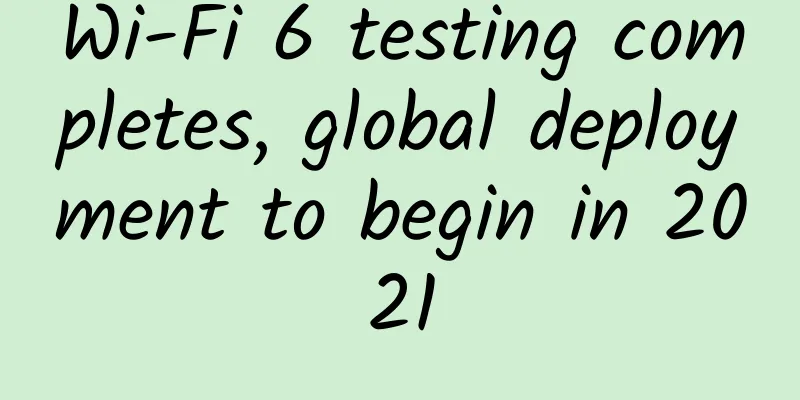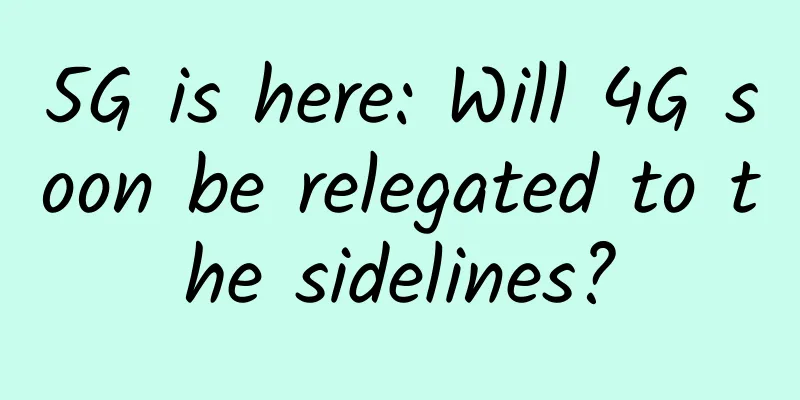Wi-Fi 6 testing completes, global deployment to begin in 2021

|
The Wireless Broadband Alliance (WBA) has announced that Wi-Fi 6 application testing in different markets has concluded and can now be promoted globally.
The new Wi-Fi 6 protocol, which uses wider channels at 160 MHz and has a maximum capacity of 9.6 Gbps (compared to 3.5 Gbps for Wi-Fi 5), is already available in many devices, although companies and manufacturers are currently pushing for more aggressive deployment. The new technology will provide better reliability, lower latency and better network efficiency, which is especially useful in places with multiple connected endpoints. WBA said: "Tests covering a range of different verticals and deployment scenarios demonstrated the key capabilities of Wi-Fi 6 in live networks, preparing operators for global Wi-Fi deployment. This also lays the foundation for the deployment of Wi-Fi 6 in enterprises, homes, schools, transportation hubs, hotels and the Internet of Things (IoT)." With help from companies like Broadcom, Cisco, iBwave, and Intel, the tests covered every vertical where Wi-Fi 6 could be implemented, including industrial manufacturing. High-density shopping malls are another target for the technology, along with schools, single- and multi-family homes, and large transportation hubs like airports. “These successful deployments demonstrate the strength of Wi-Fi 6 technology, enabling higher throughput, lower latency, enhanced reliability, greater network efficiency and a better user experience,” said Tiago Rodrigues, CEO of the WBA. “Ultimately, they prove that Wi-Fi 6 is ready for operator deployment, and the WBA continues to develop and expand new tests to support Wi-Fi 6’s expansion into new areas in different regions around the world.” The first-time adoption rate is expected to reach 65% by the end of 2021. WBA's members include numerous operators and technology companies such as BSNL, Orange, Facebook, Google, HPE Aruba, Huawei, Nokia, Qualcomm, Shaw, Swisscom, Softbank, Rogers, Telstra, Telus and T-Mobile US. |
<<: UDP, you need to feed the mouse!
>>: The operator has announced that 5G is coming soon, and its three major advantages are obvious.
Recommend
Beavers chew through fiber optic cables, leaving Canadian community without internet for a day and a half
According to foreign media reports, a few weeks a...
Transforming the digital experience with 5G
Transforming digital experiences, products, servi...
The importance of structured cabling for different industry applications
Structured cabling standards help organizations a...
Ministry of Industry and Information Technology: 160 million terminals have been connected to 5G networks
On October 22, at a press conference held by the ...
7 pictures to help you understand the difference between HTTP and HTTPS!
1. Introduction to HTTP Protocol 👨🏫 Interviewer:...
Miao Wei: 5G temporary licenses will be issued this year and 5G terminals will be launched in the second half of the year
On January 10, Miao Wei, Minister of Industry and...
How does TCP perform flow control?
We all know that TCP is a reliable, connection-or...
RIP is the originator of dynamic routing. Although it is not used much now, you can learn more about it when you have time.
1. Introduction to RIP RIP (Routing Information P...
5G phones are now online. How long can 4G phones last? Can old phones use 5G networks?
With the advent of 5G technology, 5G has become a...
my country has initially built the world's largest 5G mobile network
"Since the implementation of network speed-u...
Outlook on the Next Generation of Enterprise Wireless Technology - CBRS
The shortage of wireless spectrum has always been...
How O-band technology can help overcome implementation barriers from 5G to 6G
The 5G communications protocol was developed in 2...
The 5G infrastructure dividend ignored in the Internet Queen's report
Since 1995, Mary Meeker, known as the "Queen...
Ruijie Networks: Boao Business Forum concluded, Ruijie Cloud Desktop IDV all-in-one machine won the "Ingenuity Product Award"
Recently, the "2021 Boao Enterprise Forum&qu...
Japanese media: China may be the first to master 5G international standards
China, which has no say in almost all modern scie...









